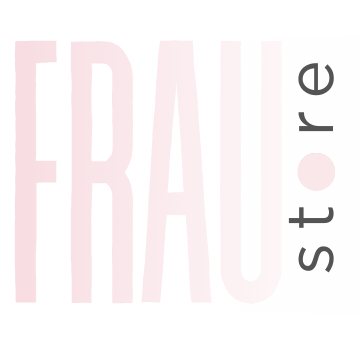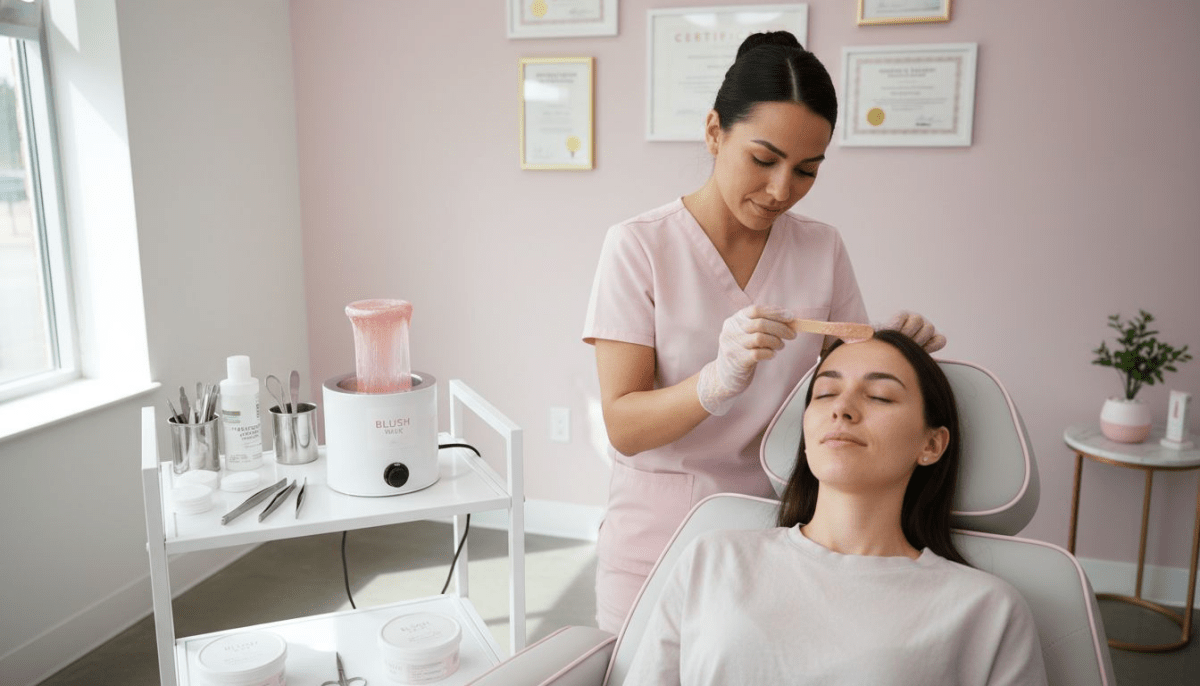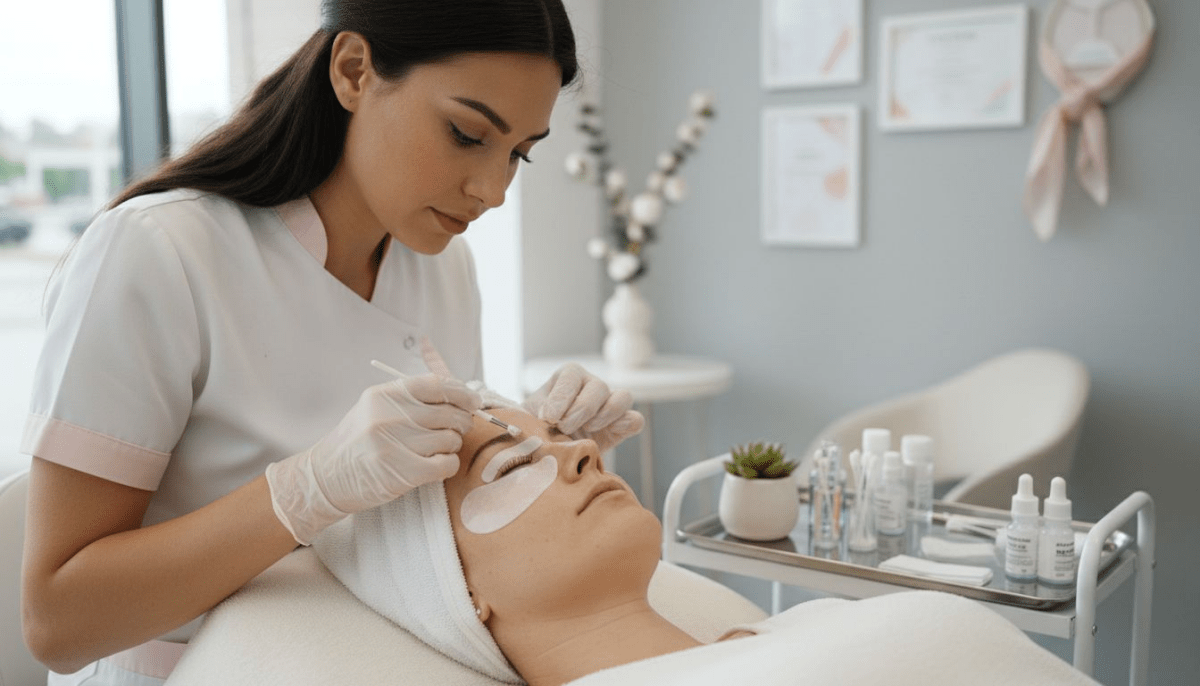What Is Lash Extension Glue? Complete Overview
Over ninety percent of professional lash artists rely on specialized adhesives to secure lash extensions that can last up to four weeks. Choosing the right glue is crucial because not all adhesives keep lashes safe or beautiful. The glue’s performance influences comfort, results, and even long-term lash health, so understanding types, ingredients, and safety tips helps ensure the best lash extension experience for clients and technicians.
Table of Contents
- Defining Lash Extension Glue and Its Role
- Types of Lash Extension Glues Explained
- Key Ingredients and How the Glue Works
- Application Techniques and Best Practices
- Safety Guidelines and Common Allergies
- Risks, Removal, and Alternative Adhesives
Key Takeaways
| Point | Details |
|---|---|
| Specialized Adhesives | Lash extension glues are designed for strong, long-lasting adhesion, outperforming standard false lash adhesives. |
| Cyanoacrylate Focus | Most professional glues use cyanoacrylate for exceptional bonding, with variants available for sensitive clients or specific needs. |
| Safety Protocols | Implementing thorough safety measures and patch testing is crucial to minimize allergic reactions and ensure client health. |
| Professional Application | Precision application techniques and hygiene are essential to achieve optimal aesthetic results while protecting natural lashes. |
Defining Lash Extension Glue and Its Role
Lash extension glue is a specialized adhesive designed specifically for attaching synthetic or natural fiber lash extensions to an individual’s existing eyelashes. According to research from the Eye Extension Academy, this unique adhesive goes far beyond standard temporary lash application, creating a robust bond that can sustain extensions for multiple weeks.
The primary role of lash extension glue is to provide a strong, durable connection between the natural lash and the synthetic extension. Unlike standard false lash adhesives, these professional-grade glues are engineered to withstand daily activities, moisture, and movement without compromising the extension’s placement. LEX Lux Eyelash Extensions Glue represents an example of these high-performance adhesives, offering rapid bonding times of 0.5-1 seconds.
Key characteristics of professional lash extension glues include:
- Rapid curing time (typically 0.5-1 seconds)
- Long-lasting adhesion (2-4 weeks)
- Flexibility to accommodate natural lash movement
- Minimal residue and clean application
- Compatibility with various extension materials
Professional estheticians understand that the quality of the lash extension glue directly impacts the overall aesthetic result and client satisfaction, making it a critical component in creating stunning, long-lasting lash enhancements.
Types of Lash Extension Glues Explained
Cyanoacrylate-based glues dominate the lash extension adhesive market, representing the primary type of professional-grade lash extension adhesive. According to research published in the Eye Extension Academy, these specialized adhesives offer exceptional bonding properties that distinguish them from standard cosmetic glues.
Professional lash extension glues can be categorized into several key variants:
- Sensitive Formula Glues: Designed for clients with allergic sensitivities
- Fast-Drying Glues: Offering rapid 0.5-1 second curing times, like the LEX Favorite Eyelash Extensions Glue
- Waterproof Formulations: Resistant to humidity and moisture
- Flexible Adhesives: Allowing natural lash movement
- Low-Fume Variants: Minimizing potential respiratory irritation
The chemical composition of these glues typically centers around cyanoacrylate compounds, which create an incredibly strong bond between synthetic extensions and natural lashes. Research from PubMed confirms that these adhesives provide remarkable durability, enabling extensions to remain securely attached for multiple weeks under various environmental conditions.
Professional estheticians must carefully select glue types based on individual client needs, considering factors like skin sensitivity, lifestyle, and desired extension duration. The right adhesive not only ensures aesthetic appeal but also maintains the health and integrity of the natural lash.
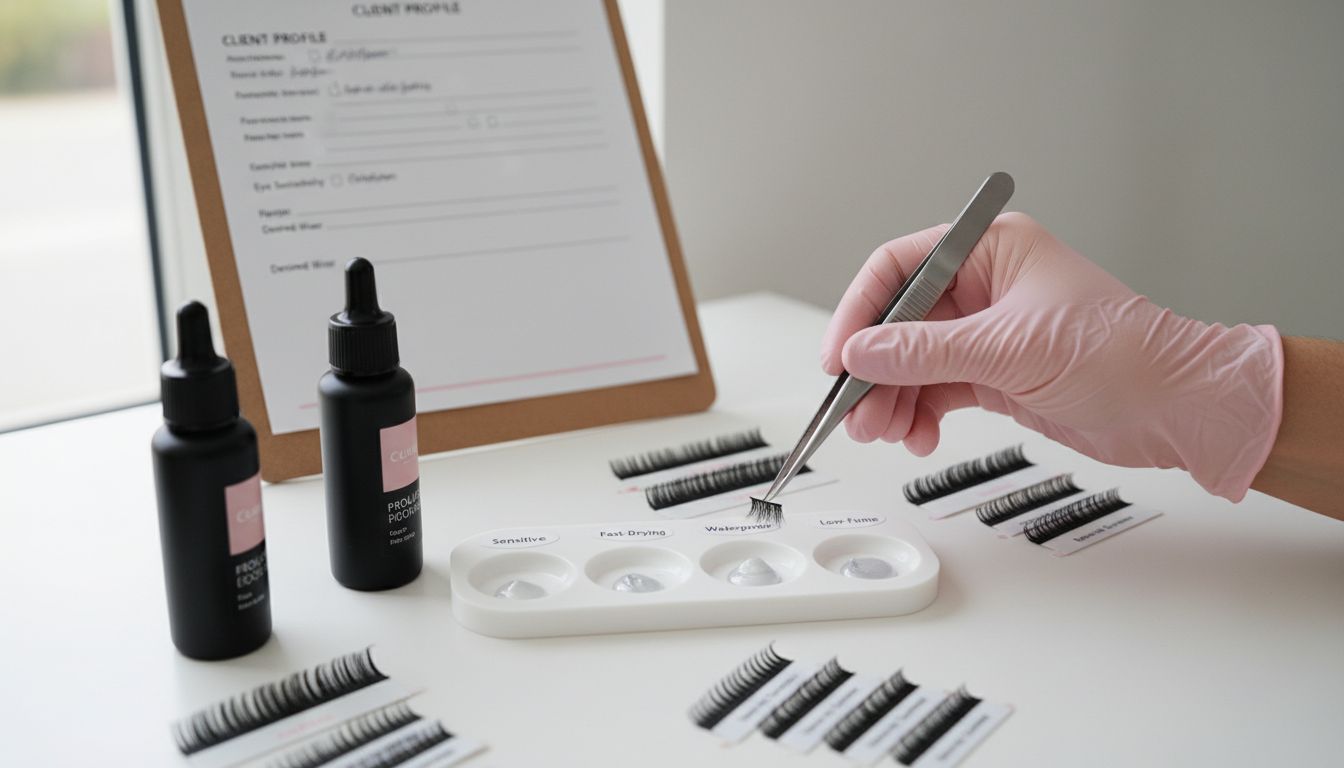
Here’s a comparison of common types of professional lash extension glues:
| Glue Type | Key Feature | Typical Use Case |
|---|---|---|
| Sensitive Formula | Low irritation | Allergy-prone clients |
| Fast-Drying | 0.5-1 sec curing | Experienced technicians |
| Waterproof | Resists humidity/moisture | Active lifestyles Humid climates |
| Flexible Adhesive | Allows lash movement | Natural look & comfort |
| Low-Fume Variant | Minimal vapor | Sensitive eyes/respiratory issues |
Key Ingredients and How the Glue Works
Cyanoacrylate serves as the primary chemical ingredient in most professional lash extension adhesives, creating an incredibly strong molecular bond between synthetic extensions and natural lashes. According to research published in PubMed, these adhesives polymerize rapidly when exposed to moisture, generating an instant and durable connection that can withstand daily environmental challenges.
The chemical mechanism of lash extension glues involves several critical stages:
- Rapid Moisture Activation: Cyanoacrylate molecules instantly react with ambient humidity
- Instant Polymerization: Molecules crosslink and form a rigid, strong bond
- Flexible Molecular Structure: Allows slight movement without compromising adhesion
- Controlled Curing: Professional glues offer precise setting times (0.5-1 seconds)
However, professionals must be aware of potential side effects. Research indicates that cyanoacrylate-based adhesives can release trace amounts of formaldehyde, which might trigger allergic reactions in sensitive individuals. OKO NOTJUSTAGLUE Lash Lift No-Glue Formula represents an innovative alternative for clients seeking reduced chemical exposure.
Professional estheticians must understand the intricate chemistry behind these adhesives, selecting formulations that balance strong performance with client safety. The right glue not only determines the aesthetic outcome but also ensures the health and comfort of the natural lash and surrounding skin.
Application Techniques and Best Practices
Precision application is the cornerstone of successful lash extensions. According to the Eye Extension Academy, proper technique involves meticulously isolating each individual natural lash and attaching synthetic extensions using minimal adhesive to prevent clumping and achieve a natural, seamless appearance. LEX Legend Lash Glue offers professionals a reliable tool for achieving these precise applications.
Key steps for professional lash extension application include:
- Thorough Cleansing: Completely remove all makeup and oils from natural lashes
- Precise Isolation: Use professional-grade tweezers to separate individual lashes
- Strategic Placement: Apply extensions 1-2mm from the eyelid base
- Minimal Adhesive: Use the smallest possible amount of glue
- Even Weight Distribution: Ensure extensions match natural lash strength
Critical to the process is maintaining strict hygiene protocols. Research from the National Institute of Medical Aesthetics emphasizes the importance of sterilizing all tools in an autoclave to prevent bacterial transmission and ensure client safety. This includes thoroughly cleaning tweezers, lash applicators, and work surfaces before each application.
Professional estheticians must develop a combination of technical skill and artistic vision, understanding that each client’s natural lash structure requires a customized approach. Successful application goes beyond technique—it’s about creating a personalized, comfortable experience that enhances the client’s natural beauty while protecting their eye health.
Safety Guidelines and Common Allergies
Occupational health risks are a significant concern in lash extension applications. Research from PubMed reveals that beauty professionals face potential exposure to chemicals that can lead to respiratory complications, including occupational asthma and rhinitis when working with cyanoacrylate-based adhesives.
Common allergic reactions and safety considerations include:
- Contact Dermatitis: Skin inflammation caused by glue ingredients
- Respiratory Irritation: Potential breathing difficulties from chemical exposure
- Eye Sensitivity: Potential redness, swelling, or itching
- Formaldehyde Sensitivity: Potential allergic responses to chemical byproducts
- Patch Testing: Recommended before full application
Professionals can mitigate risks by implementing comprehensive safety protocols. OKO NOTJUSTAGLUE Lash Lift No-Glue Formula offers an innovative alternative for clients with heightened chemical sensitivities. Research indicates that formaldehyde released from some eyelash glues can trigger allergic contact dermatitis in sensitive individuals, making careful product selection crucial.
Ultimately, safety requires a proactive approach. Estheticians must conduct thorough client consultations, perform patch tests, use high-quality hypoallergenic products, and maintain impeccable application standards to protect both client and professional health. Understanding individual sensitivities and choosing appropriate adhesives can transform potential risks into a safe, comfortable beauty experience.
Risks, Removal, and Alternative Adhesives
Eyelash extension removal requires extraordinary precision to prevent potential ocular complications. According to medical research published in PubMed, improper removal techniques can lead to serious disorders like conjunctival erosion and keratoconjunctivitis, emphasizing the critical importance of professional intervention.
Alternative adhesive strategies and removal considerations include:
- Formaldehyde-Free Adhesives: Reduce potential allergic reactions
- Gentle Removal Techniques: Minimize natural lash damage
- Professional Debonding Solutions: Ensure safe extension removal
- Patch Testing: Verify individual chemical sensitivities
- Gradual Natural Shedding: Allow extensions to fall naturally
Research indicates that selecting formaldehyde-free adhesives can significantly mitigate potential health risks. EVOBOND Debonder AD-1 provides professionals with specialized tools designed to support safe, controlled extension removal.
Professional estheticians must approach lash extension removal as a delicate medical procedure, prioritizing client safety through meticulous technique, appropriate chemical selection, and individualized assessment. Understanding the complex interactions between adhesives, natural lashes, and individual sensitivities transforms potential risks into a safe, comfortable beauty experience.
Discover the Perfect Lash Extension Glue for Lasting Beauty
Choosing the right lash extension glue is essential for creating flawless, durable lashes that your clients will love. As the article highlights, factors like rapid curing time, hypoallergenic formulas, and flexible adhesion are key to achieving professional results while ensuring client comfort and safety. If you are looking for glues that meet these exacting standards, you have come to the right place.
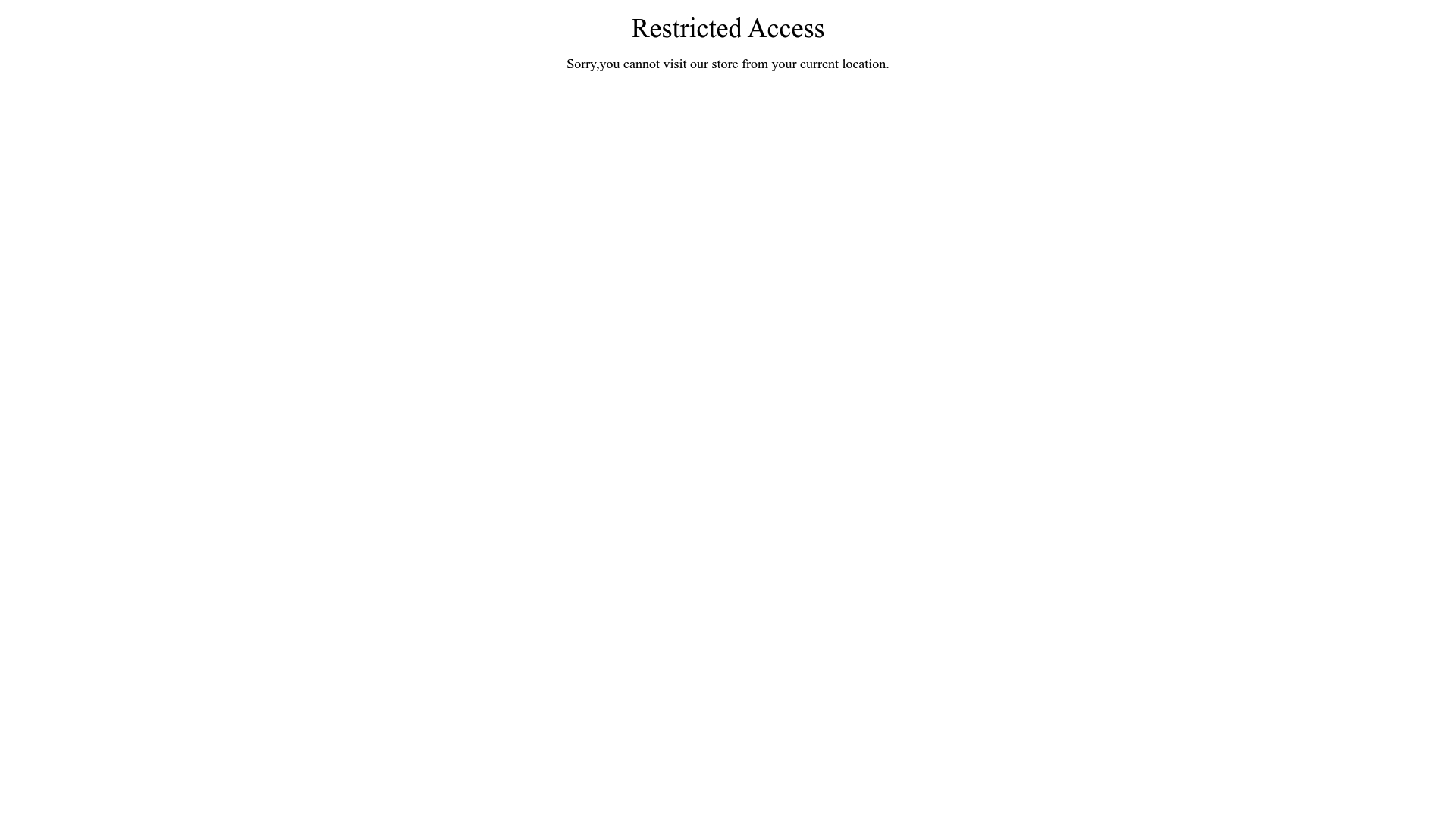
Explore our premium selection of Eyelash Glues for Professionals – Long Lasting Hold to find formulas tailored to sensitive skin, fast-drying needs, and waterproof durability. For trusted, high-performance products trusted by experts, check out our specialist range including the popular LEX lash glues. Visit Fraustore USA now and upgrade your lash extension services with adhesives that deliver precision, safety, and beauty all in one. Don’t wait to transform your craft with the best glue solutions available.
Frequently Asked Questions
What is lash extension glue?
Lash extension glue is a specialized adhesive used to attach synthetic or natural fiber lash extensions to an individual’s natural eyelashes, providing a strong bond that can last for multiple weeks.
How does lash extension glue work?
Lash extension glue works through rapid moisture activation of cyanoacrylate molecules, which polymerize upon exposure to humidity, creating a strong and durable bond between synthetic extensions and natural lashes.
What are the different types of lash extension glues?
Different types of lash extension glues include sensitive formula glues for allergy-prone clients, fast-drying glues with 0.5-1 second curing times, waterproof formulations, flexible adhesives for movement, and low-fume variants to minimize irritation.
What safety considerations should I be aware of when using lash extension glue?
Safety considerations include potential allergic reactions such as contact dermatitis, respiratory irritation, and eye sensitivity. It’s essential to perform patch tests, use high-quality hypoallergenic products, and maintain strict hygiene protocols during application.
